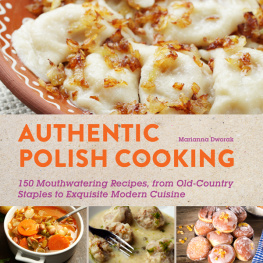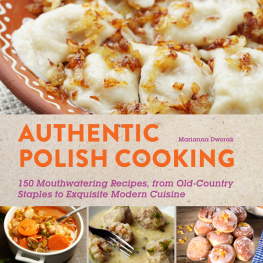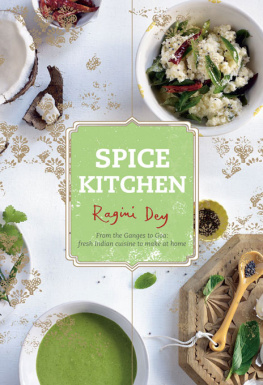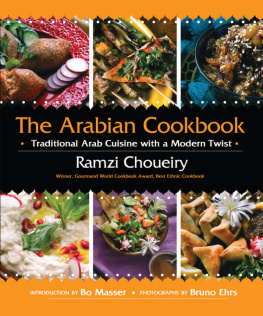Copyright 2016 by Skyhorse Publishing All rights reserved. No part of this book may be reproduced in any manner without the express written consent of the publisher, except in the case of brief excerpts in critical reviews or articles. All inquiries should be addressed to Skyhorse Publishing, 307 West 36th Street, 11th Floor, New York, NY 10018. Skyhorse Publishing books may be purchased in bulk at special discounts for sales promotion, corporate gifts, fund-raising, or educational purposes. Special editions can also be created to specifications. For details, contact the Special Sales Department, Skyhorse Publishing, 307 West 36th Street, 11th Floor, New York, NY 10018 or .
Skyhorse and Skyhorse Publishing are registered trademarks of Skyhorse Publishing, Inc., a Delaware corporation. Visit our website at www.skyhorsepublishing.com. 10 9 8 7 6 5 4 3 2 1 Library of Congress Cataloging-in-Publication Data is available on file. Cover design by Eric Kang Hardcover ISBN: 978-1-62087-091-4 Print ISBN: 978-1-5107-0219-6 Ebook ISBN: 978-1-63450-963-3 Printed in China INTRODUCTION Polish cuisine is hearty and filling, and though some may think the Polish diet is all meat and potatoes, that is far from the truth. Many dishes found on the traditional Polish table have an interesting history behind them that includes a fusion of cultural influencesboth foreign and regionaland most meals contain an array of grains, fresh vegetables, dumplings and noodles, rich sauces, delectable desserts, and, yes, meat and potatoes prepared in various ways, which make this cuisine truly unique. The Middle Ages was marked by a large consumption of grainswheat, rye, millet, groatswith meats from wild and farm animalspigs, boars, sheep, goats, partridges, bears, and bisonherbs and local spices, and beer.
Wild strawberries, blueberries, currants, blackberries, and an assortment of wild mushrooms that grow in the lush and ubiquitous forests have always been an essential part of the cuisine. Because of close trade relations Poland managed to secure with Asia, spices like pepper, nutmeg, ginger, and juniper were less expensive than in many other European countries, and flavorful sauces and aromatic dishes were a staple in many Polish households. During the Renaissance, Bona Sforza, the Italian queen who married King Zygmunt I in the early 1500s, made her mark by introducing new vegetables like tomatoes, cauliflower, broccoli, and spinach to Polish cuisine. She also imported pasta, wine, oranges, lemons, olives, rice, figs, chestnuts, and raisins. Since then, Poles have embraced exotic and imported foods. In Poland today, there are many restaurants serving foreign cuisines like Mexican, Japanese, Chinese, French, and Italian, and many experiment with making sushi, kebabs, or pizza at home; in spite of this, most meals still feature traditional Polish fare.
Different regions of Poland have their own specialties and ways of preparing dishes. Growing up in Warsaw, I traveled to many of these regions for vacation or to visit relatives. From the most delicious fresh flounder in Gdansk, warm and sweet blueberry pierogies sold by my aunts beach house in Jastarnia, my grandmothers traditional fluffy steamed rolls (pyzy) in Poznan, to the delectable pastries in small Krakow bakeries, oscypek (smoked and salted sheeps milk cheese) sold in roadside stalls in mountainous areas of the south, and my great-aunts mouthwatering pt from the meat of wild rabbits that my uncle had caught earlier in the day, my childhood memories are filled with tastes, aromas, and cravings that are only truly satisfied when I go back to my home country for a visit. Thankfully, there are now many Polish specialty stores and restaurants around the world, and those wishing for a taste of the national cuisine can have their fill. In a time of fast food, ready-to-eat frozen meals, and processed goods, its worthwhile to prepare a homemade meal that everyone will enjoy, and preparing a meal in Poland can be an art form. Whenever I visited either of my grandmothers as a young girl, I remember how they would begin making dinner while the rest of us were still eating breakfast.
And they always planned what they would cook days in advance. While my fathers mother always (politely) asked for everyone to leave the kitchen so she could create her feasts in peace, my mother and her mother always involved the whole family in the process. From the grocery shopping, peeling, cutting, chopping, mincing, stirring (always so much stirring!) to correctly setting the table, meals with my maternal grandmother were constantly bustling. My mother always stressed the importance of taking your time to prepare a meal correctly, and whenever I would complain that the eggs for the Easter babka didnt have to be beaten for so long, or that the New Years Eve Hunters stew could just simmer in the pot without my having to keep checking on it every few minutes, she would remind me that cooking requires patience for each dish to turn out perfect. And she was always right, as was proven by an undercooked babka or a burnt Hunters stew whenever I got to do things my way. My mother left behind scores of notebooks and binders filled with her recipes, some of which I am sharing with you in this book, as well as many old cookbooks that have inspired the rest.
Whether you are of Polish descent and want to recreate your grandmothers home cooking or just want to try your hand at a new cuisine, I hope you take your time to really enjoy making these traditional soups, side dishes, meals, and desserts, and that you will share them with your family and friends for years to come. This cookbook is dedicated to my motherwho taught me never to take shortcuts, whether cooking, baking, or going through life. Smacznego! Marianna Dworak
contents


SOUPS

Broths and stocks Broth and stock are staples in Polish cuisine and are used in many dishes like soups, sauces, and fillings. Although it can be made by mixing bouillon cubes in water, a delicious broth or stock made from fresh soup vegetables is always the tastier and healthier choice. You can use various soup vegetables, but the most common ones used are carrots, celery roots, celery stalks, onions, leeks, fresh parsley stalks, and optionally, boneless chicken. For 2 quarts of broth: 2 carrots celery root 1 celery stalk onion, or scallions 1 leek several parsley stalks salt and pepper optional: chicken 1.
Bring 2 quarts (2 l) of water to a boil. 2. Roughly chop the carrots, celery root, celery, onion or scallions, and leek. Lower the heat of the boiling water and add in the vegetables. Add in parsley stalks at the end of cooking time. 3. 3.
Season with some salt and pepper and cook for 12 hours. Broth is most often used in soups and side dishes as a base that doesnt overpower the flavor of the other ingredients. For 2 quarts of stock: Several bones from chicken, beef, pork, or any other animal 2 carrots celery root 1 celery stalk onion, or scallions 1 leek several parsley stalks salt and pepper optional: chicken, or other meat pieces 1. Bring 2 quarts (2 l) of water to a boil, lower the heat and cook the bones for 2 hours. 2. 3. 3.













 Broths and stocks Broth and stock are staples in Polish cuisine and are used in many dishes like soups, sauces, and fillings. Although it can be made by mixing bouillon cubes in water, a delicious broth or stock made from fresh soup vegetables is always the tastier and healthier choice. You can use various soup vegetables, but the most common ones used are carrots, celery roots, celery stalks, onions, leeks, fresh parsley stalks, and optionally, boneless chicken. For 2 quarts of broth: 2 carrots celery root 1 celery stalk onion, or scallions 1 leek several parsley stalks salt and pepper optional: chicken 1.
Broths and stocks Broth and stock are staples in Polish cuisine and are used in many dishes like soups, sauces, and fillings. Although it can be made by mixing bouillon cubes in water, a delicious broth or stock made from fresh soup vegetables is always the tastier and healthier choice. You can use various soup vegetables, but the most common ones used are carrots, celery roots, celery stalks, onions, leeks, fresh parsley stalks, and optionally, boneless chicken. For 2 quarts of broth: 2 carrots celery root 1 celery stalk onion, or scallions 1 leek several parsley stalks salt and pepper optional: chicken 1.